Machine learning to improve fish farming
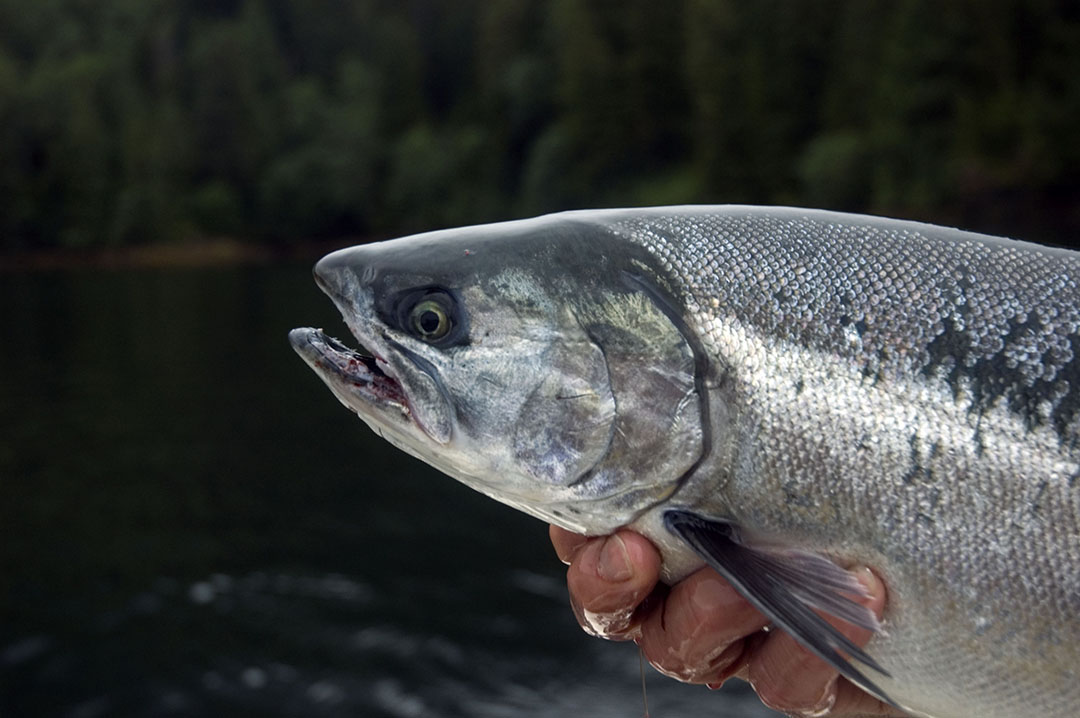
More fish species are being farmed in controlled conditions. Dutch researchers are working on methods to select fish automatically, quickly and accurately.
Farming fish increases the need for knowledge about breeding conditions, animal health and quality. This is why the Greenhouse Horticulture Business Unit at Wageningen University & Research (WUR) in the Netherlands is working on methods to select fish automatically, quickly and accurately.
Machine vision and machine learning
WUR is participating in the European project AquaIMPACT. Within this project, the partners investigate the professional breeding of Atlantic salmon, rainbow trout, golden bream and sea bass. The Greenhouse Horticulture Business Unit is responsible for developing ‘machine vision’ and ‘machine learning’ to analyse the fish. ‘Machine vision’ is the collective name for techniques for editing and/or analysing camera images. The use of vision techniques has many advantages. With vision techniques more variables can be measured in a shorter time. In addition, software is more objective than, for example, a human observer.
Also read: Feed supplements for optimum shrimp farming
Measuring various variables of the fish
WUR has a lot of experience with applying vision techniques, such as phenotyping (measuring plant properties with cameras and software). The shape and colour characteristics of farmed fish must also be assessed. This allows a breeder to decide which fish will be used for further breeding. This measurement is now done by hand.
WUR is developing a device together with a company for measuring the various variables (such as the shape, colour and body parts such as eyes or belly) of the fish. The fish are thereby removed from the breeding tank. An algorithm – developed by the Greenhouse Horticulture Business Unit – compares the characteristics of the fish with genetic information from a database. The device then sorts the fish. The entire operation is completed in approximately 30 seconds. As a result, the fish has as little stress as possible.
Source: WUR press release
Join 26,000+ subscribers
Subscribe to our newsletter to stay updated about all the need-to-know content in the feed sector, three times a week. Beheer
Beheer

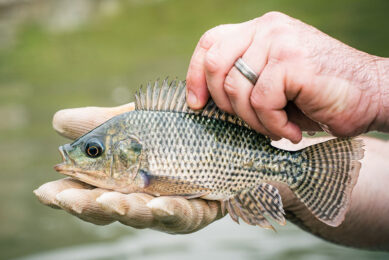
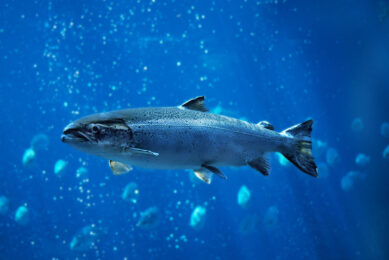
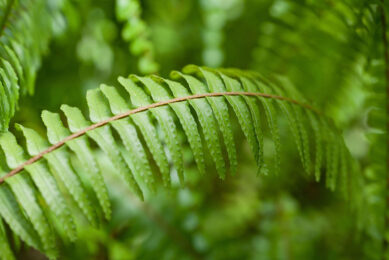
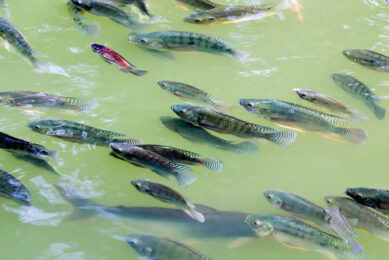




 WP Admin
WP Admin  Bewerk bericht
Bewerk bericht